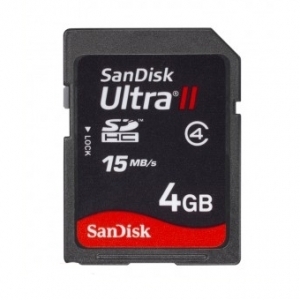Products
Product Description
Symptoms:
Why is the capacity of my flash memory card (as reported by many operating systems)
different than the capacity that is listed on its label?
Affects: Description:
Sandisk products: CompactFlash
SmartMedia
Multimedia
PC card
Ultra CompactFlash
Memory Stick
Memory Stick Pro
Memory Stick Duo
Extreme CompactFlash
Ultra II CompactFlash
Operating systems: Most
Hardware platform: All PCs, Jornadas, etc.
Cause:
The operating system, when reading the size of the card, reports a slightly different capacity than
what is listed on the card’s label
Solution:
Definitions of a Megabyte:
1) Operating Systems commonly define a Megabyte (MB) as: 2 to the 20th power (1,024KB--
Kilobytes).
2) DiskDrive and Flash Memory Card Manufacturers commonly define a MB as one million bytes
(exactly 1,000,000 bytes).
Unformatted (Capacity)
Also known as drive byte capacity before formatting. The Maximum capacity of disk drive before
formatting equals
[ (# Cylinders) X (# Heads) X (# Sectors) X (# Bytes per Track) ]
Example:
64MB CompactFlash Card consists of:
490 Cylinders
8 Heads
32 Sectors
512 Bytes per Track
This equates to: [ (490) X (8) X (32) X (512) ] = 64,225,280
Unformatted Capacity: 64,225,280 bytes
Formatted Capacity: 63,934,464 bytes (User Data)
Cause:
Disk Drive Companies such as SanDisk define 1 MEGABYTE as 1,000,000 BYTES. Operating
Systems define 1 MEGABYTE as 1,048,576 BYTES (1024K X 1024K or 2 to the 20th power).
Example:
SanDisk 64MB CompactFlash Card being read by Microsoft Operating System.
SanDisk Total Formatted Capacity divided by 1 MB (as defined by the Operating System)
equates to the following: 63,934,464 BYTES / 1,048,576 BYTES = 60,972,656 BYTES, 60.9MB
displayed by OS.











